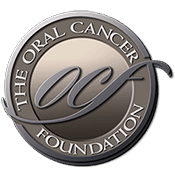Stones drummer beats throat cancer
10/2/2004 LONDON, UK Associated Press Rolling Stones drummer Charlie Watts has been given the all clear after undergoing radiation therapy for throat cancer. Rolling Stones drummer Charlie Watts has won a battle with throat cancer, lead singer Mick Jagger was quoted as telling a newspaper Saturday. Watts, 63, was diagnosed with cancer four months ago and recently finished a successful six-week chemotherapy treatment at the Royal Marsden Hospital near his home in London's Chelsea district. "Charlie has had all his treatments and he's now been cleared and is free of any illness," Jagger told the Daily Mirror. Watts learned of the disease after finding a lump on the side of his neck. In June, a biopsy confirmed the tumour was malignant, and Watts began preparing for radiation treatment. The chemotherapy left Watts weak, and he will spend time recovering with his wife, Shirley, at their manor house in Devon in western England before going back to work, the Mirror reported. The drummer has recently split his time between the Stones and his jazz band, Tentet. Jagger told the newspaper that he hoped to record new material and schedule a tour in the near future. "Keith Richards and I have been writing lots of songs for the new Rolling Stones album," Jagger said. "We haven't booked the tour yet and when we do we'll let you know, but there will definitely be another one."
